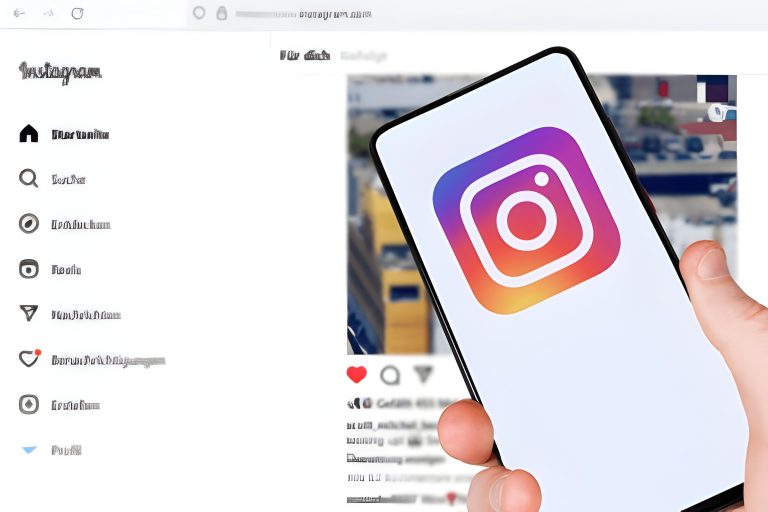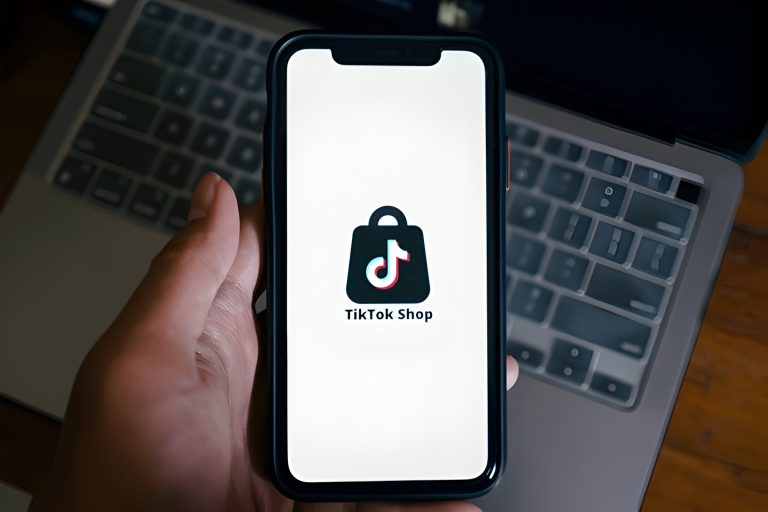Maintaining a strong Instagram presence is crucial for personal and professional growth. Knowing who unfollows you offers insights into audience preferences and engagement. This guide explores methods to track unfollowers, from manual checks to third-party apps, weighing benefits and risks.
Why Tracking Unfollowers on Instagram Matters?
In the ever-evolving landscape of social media, understanding your audience is paramount. One crucial aspect often overlooked is tracking unfollowers on Instagram. Knowing who unfollows you can provide valuable insights into your content strategy and audience preferences.
The importance of knowing unfollowers extends beyond mere numbers; it delves into the realm of social media analytics. By identifying patterns in follower loss, you can pinpoint what content may not be resonating with your audience or identify potential issues in engagement strategies. This data allows for a more informed approach to content creation and helps in tailoring posts that better align with what your followers want to see.
Instagram engagement is a key metric for success on the platform, and keeping tabs on who follows and unfollows you plays a significant role in this. High engagement rates are often correlated with increased visibility and reach, making it essential to maintain a loyal follower base. Tracking followers and unfollowers can help you understand shifts in engagement levels, allowing you to adapt quickly and maintain a robust online presence.
Monitoring your Instagram followers and unfollowers provides critical insights that can enhance your overall social media strategy. By leveraging this information, you can create more engaging content, foster stronger connections with your audience, and ultimately achieve greater success on the platform.
Manual Method (Checking Your Followers List One by One)
When it comes to managing your Instagram followers, one of the most straightforward yet time-consuming methods is the manual unfollower check. This approach involves going through your Instagram followers list one by one to detect unfollowers manually. Although this method can be labor-intensive, it offers a precise way to keep track of who is following you and who isn’t.
To begin with, open your Instagram profile and navigate to your followers list. Here, you’ll see a comprehensive list of all the accounts currently following you. To effectively conduct a manual unfollower check, you should periodically compare this list against a previously saved version or take note of any significant changes in follower count tracking.
While this method might seem tedious, it has its advantages. For one, it allows you to personally verify each account’s status without relying on third-party apps that may compromise your data security. Additionally, detecting unfollowers manually helps you stay engaged with your audience by identifying which users are no longer interested in your content.
Although the manual method requires more effort and time compared to automated tools, it’s an effective way for those who prefer hands-on management of their Instagram followers list. By regularly conducting these checks, you’ll gain better insights into your audience dynamics and maintain a more engaged follower base.
Popular Third-Party Apps for Tracking Unfollowers on Instagram
![]()
In the ever-evolving world of social media, maintaining an engaged follower base on Instagram is crucial. For those keen on managing their followers effectively, several third-party apps have emerged as invaluable tools. Here’s a review of some top unfollower tracker apps and their key features.
1. Followers & Unfollowers
One of the most popular options, Followers & Unfollowers, offers a comprehensive suite of tools for managing your Instagram account. This app provides detailed insights into who has unfollowed you, along with features to track ghost followers and mutual follows. Its user-friendly interface makes it easy to navigate and manage your followers efficiently.
2. FollowMeter
FollowMeter is another powerful tool in the realm of Instagram management. This app not only tracks unfollowers but also provides analytics on your most engaged followers and those who are not following you back. It’s a great option for users looking to gain deeper insights into their audience dynamics.
3. Reports+
Reports+ stands out with its robust feature set designed for serious Instagram users. In addition to tracking unfollowers, it offers detailed reports on follower growth trends, post performance analytics, and engagement metrics. The app’s comprehensive dashboard helps users make informed decisions about their content strategy.
4. Followers Insight for Instagram
This app is particularly praised for its clean design and ease of use. Followers Insight for Instagram allows users to see who has unfollowed them recently while also providing information about new followers and inactive accounts. It’s an excellent choice for those seeking a straightforward yet effective follower management tool.
These top unfollower tracker apps each bring unique features to the table, making them valuable assets in any social media strategy toolkit. By leveraging these tools’ capabilities, users can maintain a healthy follower base and enhance their overall Instagram presence.
Tips for Maintaining a Healthy Follower Count on Instagram
Maintaining a healthy follower count on Instagram requires more than just posting regularly; it involves implementing effective engagement strategies and creating content that resonates with your audience. Here are some tips to help you retain followers and improve follower loyalty:
1. Engagement Strategies for Instagram: Engaging with your followers is crucial. Respond to comments, like posts from your followers, and use interactive features like polls, questions, and quizzes in your stories. This not only shows that you value their input but also encourages more interaction.
2. How to Retain Followers: Consistency is key when it comes to retaining followers. Stick to a regular posting schedule so your audience knows when to expect new content from you. Additionally, make sure your content remains relevant and valuable to them.
3. Improving Follower Loyalty: Building a loyal follower base involves creating a sense of community. Share behind-the-scenes content, personal stories, or user-generated content to make your followers feel connected to you on a deeper level.
4. Content Strategies for Higher Engagement: Diversify the types of content you post—mix photos, videos, reels, and IGTVs to keep things interesting. High-quality visuals paired with compelling captions can significantly boost engagement rates.
By focusing on these strategies, you’ll be well-equipped to maintain a healthy follower count while fostering stronger connections with your audience on Instagram.
The Benefits and Risks of Using Third-Party Apps
Third-party apps have become increasingly popular, offering a range of functionalities that can enhance user experience and productivity. However, it’s essential to weigh the pros and cons of third-party apps before integrating them into your daily routine.
Pros of Third-Party Apps
1. Enhanced Functionality: Many third-party apps provide features that native applications might lack. For instance, certain Instagram tools can help you schedule posts, analyze engagement metrics, or even automate direct messages.
2. Customization: These apps often allow for a higher level of customization, enabling users to tailor their experience according to specific needs.
3. Cost-Effective Solutions: Some third-party applications offer free or more affordable alternatives to premium services offered by mainline software providers.
Cons of Third-Party Apps
1. Security Risks with Instagram Tools and Other Applications: One significant drawback is the potential for security risks. Third-party apps may require access to sensitive information such as login credentials or personal data, which could be compromised if the app is not secure.
2. App Permissions and Privacy Concerns: Many third-party applications request extensive permissions that may invade your privacy. It’s crucial to read through app permissions carefully before granting access.
3. Reliability Issues: Unlike official applications maintained by large companies, third-party apps might not always offer reliable customer support or regular updates.
While third-party apps can significantly enhance functionality and offer cost-effective solutions, they come with their own set of risks related to security and privacy concerns. It is imperative for users to conduct thorough research and consider these factors before integrating any third-party application into their digital ecosystem.



